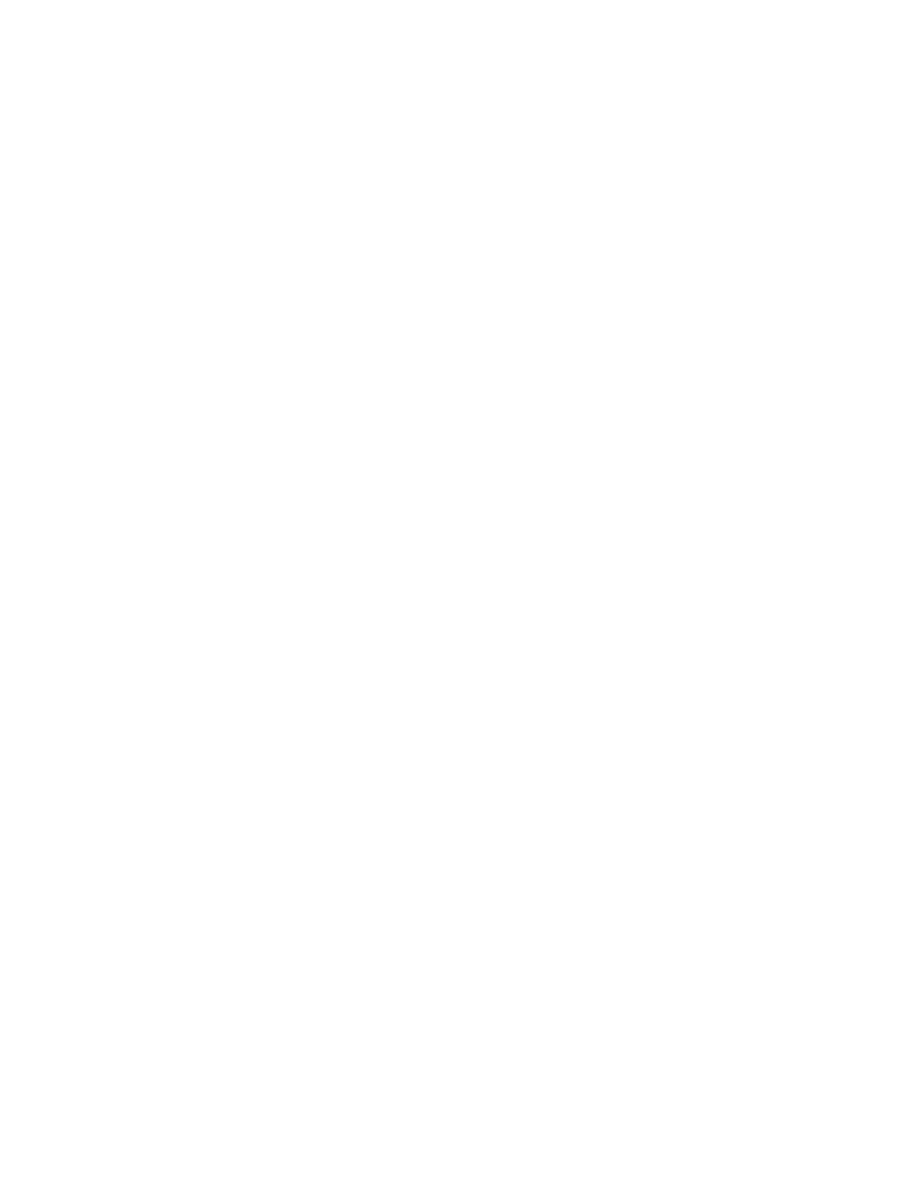
AIM
8/15/19
5
−
3
−
27
En Route Procedures
[b]
When RNAV lateral guidance is used
in fixed wing airplanes, it is desirable to enter and
conduct holding at the lowest practical airspeed
consistent with the airplane’s recommended holding
speed to address the cumulative errors associated
with RNAV holding and increase the probability of
remaining within protected airspace. It is acceptable
to allow RNAV systems to determine a recommended
holding speed
that is at or below the maximum
holding speed.
[c]
Helicopter holding is based on a
minimum airspeed of 90 KIAS.
(2)
Advise ATC immediately if unable to
comply with the maximum holding airspeed and
request an alternate clearance.
NOTE
−
Speeds above the maximum or published holding speed
may be necessary due to turbulence, icing, etc. Exceeding
maximum holding airspeed may result in aircraft
excursions beyond the holding pattern protected airspace.
In a non
−
radar environment, the pilot should advise ATC
that they cannot accept the assigned hold.
(3)
Ensure the RNAV system applies the
proper time and speed restrictions to a holding
pattern. This is especially critical when climbing or
descending to a holding pattern altitude where time
and speed restrictions are different than at the present
aircraft altitude.
(b)
Bank Angle. For holding not involving
the use of RNAV lateral guidance, make all turns
during entry and while holding at:
(1)
3 degrees per second, or
(2)
30 degree bank angle, or
(3)
25 degree bank angle, provided a flight
director system is used.
NOTE
−
Use whichever requires the least bank angle.
(4)
When using RNAV lateral guidance to
conduct holding, it is acceptable to permit the RNAV
system to calculate the appropriate bank angle for the
outbound and inbound turns. Do not use flight
guidance system bank angle limiting functions of less
than 25 degrees unless the feature is not pilot
−
se-
lectable, required by the aircraft limitations, or its use
is necessary to comply with the aircraft’s minimum
maneuvering speed margins. If the bank angle must
be limited to less than 25 degrees, advise ATC that
additional area for holding is required.
(c)
Compensate for wind effect primarily by
drift correction on the inbound and outbound legs.
When outbound, triple the inbound drift correction to
avoid major turning adjustments; for example, if
correcting left by 8 degrees when inbound, correct
right by 24 degrees when outbound.
(d)
Determine entry turn from aircraft
heading upon arrival at the holding fix;
+
/
−
5 degrees
in heading is considered to be within allowable good
operating limits for determining entry. When using
RNAV lateral guidance for holding, it is permissible
to allow the system to compute the holding entry.
(e)
RNAV lateral guidance may execute a
fly
−
by turn beginning at an excessively large distance
from the holding fix. Reducing speed to the
maximum holding speed at least 3 minutes prior to
reaching the holding fix and using the recommended
25 degree bank angle will reduce potential excursions
beyond protected airspace.
(f)
When RNAV guidance is used for holding,
pilots should be prepared to intervene if the turn from
outbound leg to the inbound leg does not begin within
a reasonable distance of the charted leg length,
especially when holding is used as a course reversal
HILPT. Pilot intervention is not required when
holding in an ATC
−
assigned holding pattern that is
not charted. However, notify ATC when the outbound
leg length becomes excessive when RNAV guidance
is used for holding.
k.
When holding at a fix and instructions are
received specifying the time of departure from the fix,
the pilot should adjust the aircraft’s flight path within
the limits of the established holding pattern in order
to leave the fix at the exact time specified. After
departing the holding fix, normal speed is to be
resumed with respect to other governing speed
requirements, such as terminal area speed limits,
specific ATC requests, etc. Where the fix is associated
with an instrument approach and timed approaches
are in effect, a procedure turn must not be executed
unless the pilot advises ATC, since aircraft holding
are expected to proceed inbound on final approach
directly from the holding pattern when approach
clearance is received.